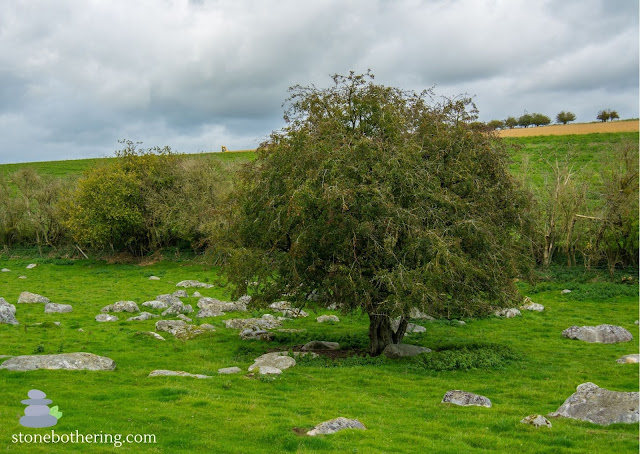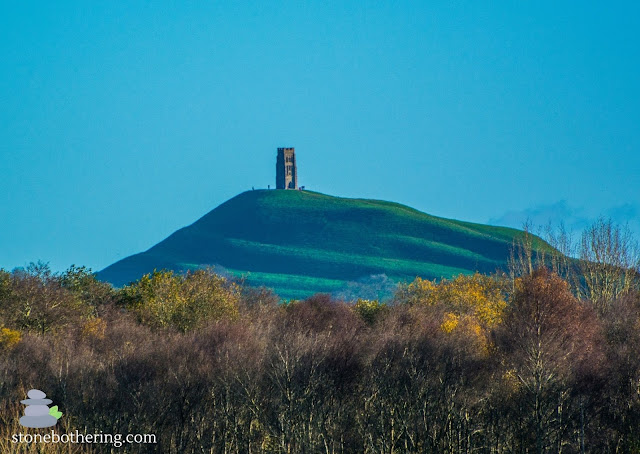Top Places to visit in Northern Argentina

Argentina is known for its stunning and varied landscape. But in Northern Argentina, the landscape becomes more dramatic and also more colourful. Most of the landscape is composed by desert, valleys, hills and mountains. The colourful landscape is the product of a complex geological activity that started around 600 million years ago when the area was still under water. The different colours of sedimentary layers that compose the mountains and hills have been formed during different time periods. The rocks with shades of green are believed to be the oldest ones. Here we have listed four jaw-dropping places that are unmissable in Northern Argentina. FOURTEEN COLOURED MOUNTAIN (SERRANIA DE HORNOCAL) The Fourteen Coloured Mountain is a limestone formation called Yacoraite which is a largely Mesozoic geologic formation. The mountain is mainly composed of rock outcrops from different time periods and it was created between 130 and 65 million years ago. Dinosaur remains and other fossils have


.jpg)








